Azerbaijan is an incredibly biodiverse country located in the Southern Caucasus, with an abundance of avian diversity. From the majestic Golden Eagle to the diminutive Fire-fronted Serin, the country is home to a wide variety of bird species.
Azerbaijan is a bird watcher’s paradise, with stunning landscapes and a wide variety of habitats that support a diverse range of birds. In this article we’ll explore some of the most interesting and iconic birds that can be found in Azerbaijan.
1. Black Francolin
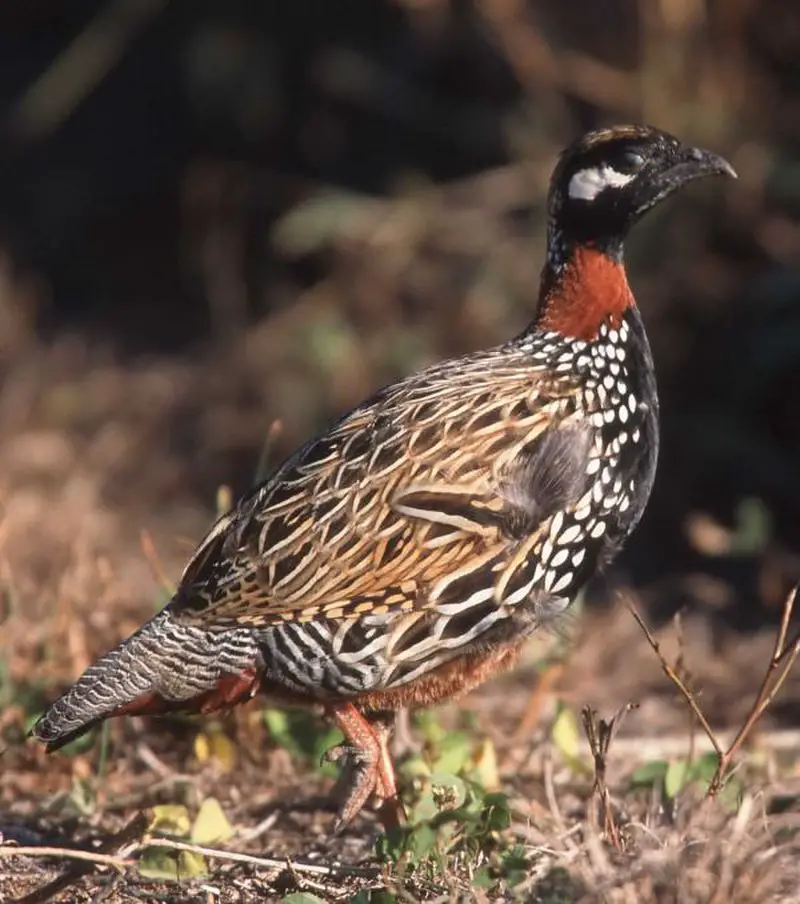
Black francolin is a species of gamebird belonging to the pheasant family. It was once known as black partridge and is now declared as state bird of Haryana, India.
The adult males are generally about 33-36 cm in length with an average weight of 453 gm.
They have glossy black plumage with white spotting on their wings and body parts along with barring patterns on tail feathers which makes them look attractive.
Their call sounds like ‘kattar kattar’ continuously repeated at regular intervals throughout the day during breeding season from April – June when they become highly vocal for mating purpose.
These birds can be found in open grasslands, scrub forests or agricultural fields where plenty of food (mainly insects) is available for survival & reproduction purposes making it one of the most common avifauna across its range countries such as Pakistan, Afghanistan & Nepal etc..Scientific classification:
| Kingdom | Animalia |
| Phylum | Chordata |
| Class | Aves |
| Order | Galliformes |
| Family | Phasianidae |
| Genus | Francolinus |
| Species | F. francolinus |
2. Marbled Duck
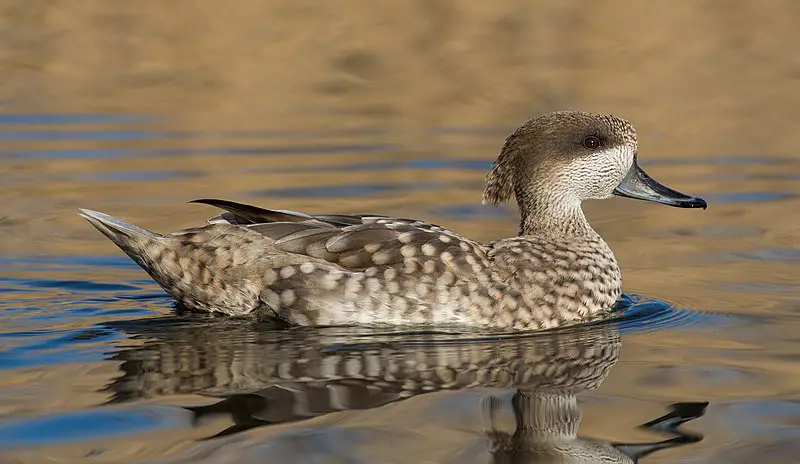
The Marbled duck is a medium-sized species of waterfowl native to southern Europe, northern Africa, and western and central Asia.
It gets its name from the marbling pattern on its feathers which give it an eye-catching mottled appearance.
The scientific name comes from Greek and Latin words meaning “marble”, “duck”, “narrow or small” and ‘billed’ respectively.
In the past these ducks bred in large numbers throughout the Mediterranean region but their population has declined due to human activities such as hunting for sport as well as habitat destruction.
Conservation efforts are underway in order to protect this beautiful bird so that future generations can still enjoy seeing them around.Scientific classification:
| Kingdom | Animalia |
| Phylum | Chordata |
| Class | Aves |
| Order | Anseriformes |
| Family | Anatidae |
| Genus | Marmaronetta Reichenbach, 1853 |
| Species | M. angustirostris |
3. Great Rosefinch
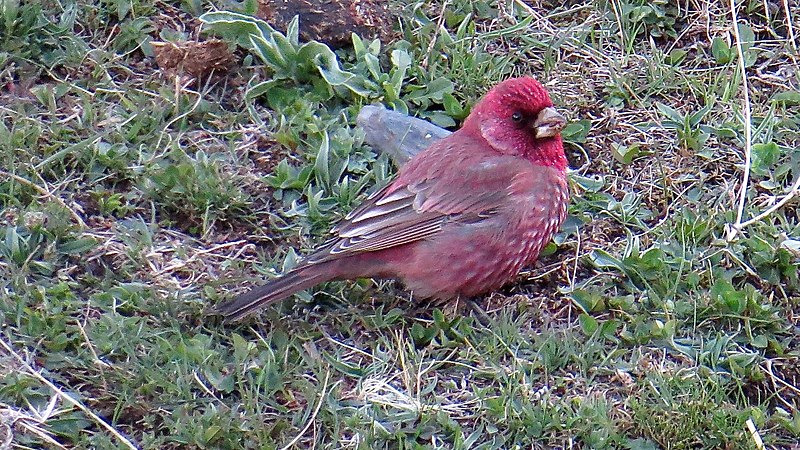
The Great Rosefinch is a small bird of the finch family found in parts of Central Asia. With its bright plumage and distinct song, it’s easy to spot amongst other birds in its habitat.
It has adapted well to living in tundra as well as temperate grassland environments across Afghanistan, Azerbaijan, Georgia, Iran and many more countries.
Historically three subspecies were treated separately but taxonomy now treats them all under one species – Carpodacus rubicilla.
Despite being relatively common they face potential threats from deforestation which could reduce their available habitats significantly over time if conservation measures are not taken seriously by local governments and NGOs alike.Scientific classification:
| Kingdom | Animalia |
| Phylum | Chordata |
| Class | Aves |
| Order | Passeriformes |
| Family | Fringillidae |
| Subfamily | Carduelinae |
| Genus | Carpodacus |
| Species | C. rubicilla |
Also Featured In: Birds of Ladakh,
4. Caucasian Snowcock
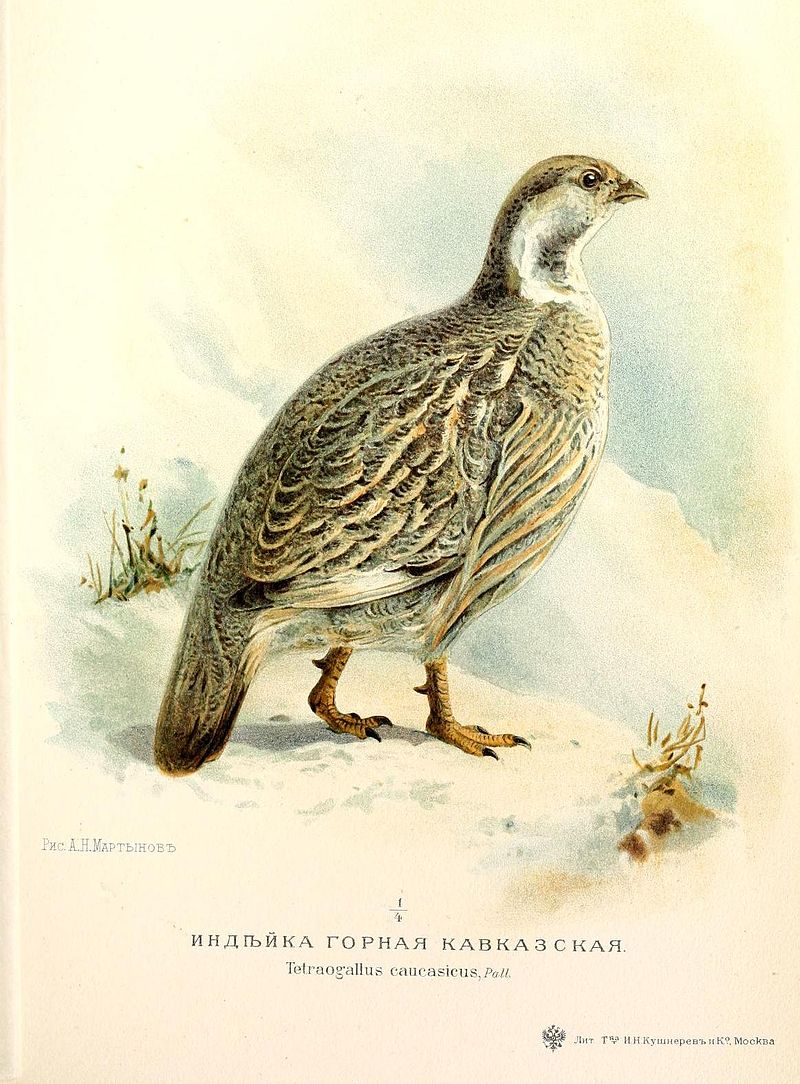
The Caucasian snowcock is a beautiful bird in the pheasant family and it resides in the Caucasus Mountains. It’s native to western parts of this area, with its preferred habitat being located at altitudes ranging from 2,000 – 4,000 meters above sea level.
This species nests on bare ground scrapes and lays typically 5-6 greenish eggs which are incubated exclusively by the female for about 23 days before hatching.
In terms of appearance, these birds have grey wings with white spots as well as black tails and throats that contrast beautifully against their light brown plumage.
The long legs help them traverse steep slopes when looking for food such as seeds or insects which they consume mainly during daytime hours while spending nights tucked away safely among rocks or crevices found within rocky terrain nearby their nesting grounds.Scientific classification:
| Kingdom | Animalia |
| Phylum | Chordata |
| Class | Aves |
| Order | Galliformes |
| Family | Phasianidae |
| Genus | Tetraogallus |
| Species | T. caucasicus |
5. Sombre Tit
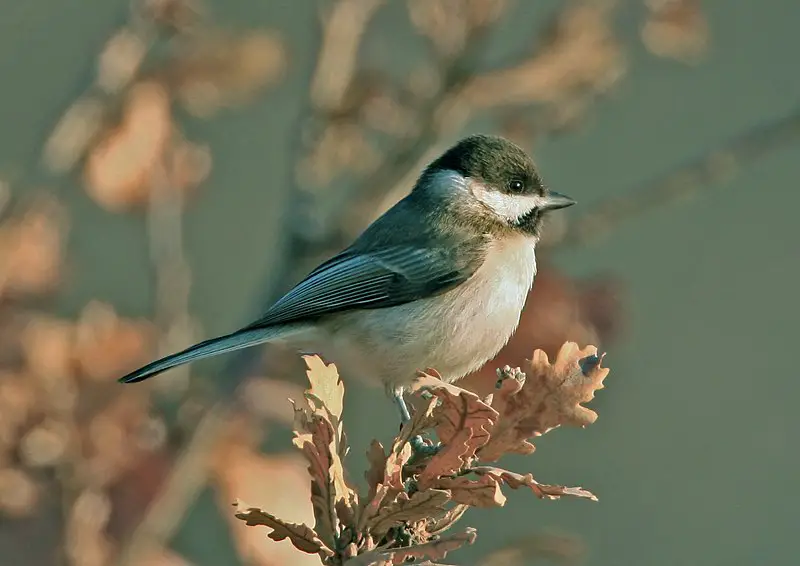
The Sombre Tit is a small yet striking bird found in southeast Europe and southwest Asia. It has grey-brown upperparts, with black wings and tail feathers.
Its underparts are light brown, it also has a distinctive white patch on its face that gives the tit its name – sombre meaning ‘dark’ or ‘gloomy’ in Spanish.
This species of tit prefers to nest in tree cavities at elevations between 1000-1600 metres above sea level where they can be spotted flitting from branch to branch amongst thin woodlands searching for food such as insects and caterpillars which make up most of their diet.
They will also visit gardens during winter months looking for nuts and seeds put out by humans.Scientific classification:
| Kingdom | Animalia |
| Phylum | Chordata |
| Class | Aves |
| Order | Passeriformes |
| Family | Paridae |
| Genus | Poecile |
| Species | P. lugubris |
6. Pale Rockfinch
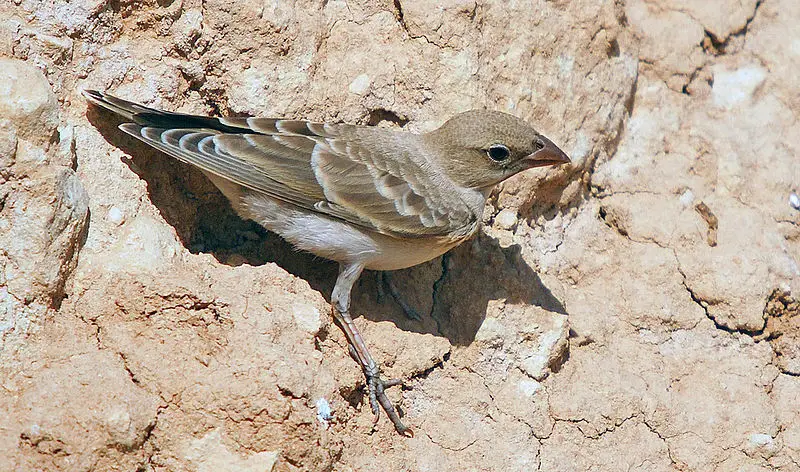
The Pale Rockfinch is a small sparrow native to the Middle East and Central Asia. It has some similarities in behaviour and form with finches, but its anatomy reveals it to be more closely related to sparrows.
This bird can reach up to 13 cm long, including their tail feathers, which are usually greyish brown or buffy-brown coloured.
They have dark streaks on their back that contrast with pale yellow underparts and white patches on their wings.
During mating season males develop darker heads than females as well as pink cheeks during breeding season.
The Pale Rockfinch feeds mainly on grass seeds such as millet, wheat and barley while also consuming insects when they can find them.
These birds typically live in pairs or family flocks of around 5-10 individuals making nests either among rocks or bushes near water sources like rivers and streamsScientific classification:
| Kingdom | Animalia |
| Phylum | Chordata |
| Class | Aves |
| Order | Passeriformes |
| Family | Passeridae |
| Genus | Carpospiza von Müller, 1854 |
| Species | C. brachydactyla |